Putting Northern Ireland's meadows back on the map
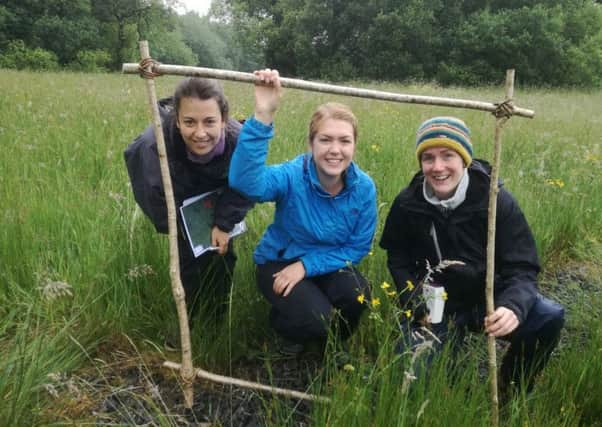

With help from Ulster Wildlife Trust a range of family friendly events are taking place across the country to mark National Meadows Day:
lIn Fermanagh, explore one of the county’s finest meadows - the ‘Wildflower Knoll’ – immediately adjacent to the Marble Arch Caves. Kids will have fun searching for bugs and butterflies amongst a blaze of increasingly scarce wildflowers.
Advertisement
Hide AdAdvertisement
Hide AdlAt Cottage Farm, near Omagh, find out how a former area of improved agricultural land has been restored into a glorious wildflower meadow bursting with wildlife, on a guided walk around this hidden gem with owner, Peter Archdale.
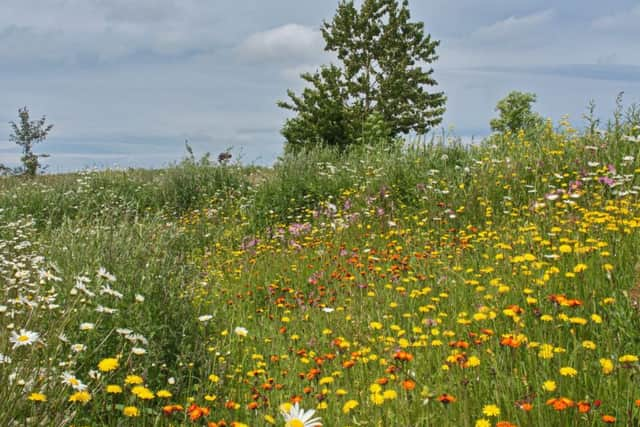

lAt the Ulster Folk and Transport Museum, in Cultra, enjoy and explore their newly created meadow, now in full bloom, established in partnership with Ulster Wildlife. Take part in the meadow challenge and see how many plants and animals you can spot.
lIn the Belfast Hills, find out how grazing and wildflower meadows go hand–in-hand at Slievenacloy Nature Reserve – one of the best grasslands in Northern Ireland – and meet the beasts that allow wildlife to flourish.
lIn Bangor, uncover the creepy crawlies that fly, crawl and hop amongst the meadow at Balloo Woodland and get arty with wildflower crafts.
Advertisement
Hide AdAdvertisement
Hide AdNational Meadows Day is the headline event of Save Our Magnificent Meadows, the UK’s largest partnership project transforming the fortunes of our vanishing wildflower meadows, grasslands and wildlife.
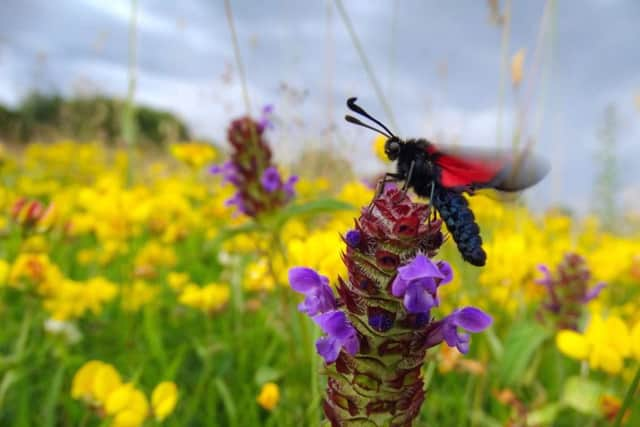

Ulster Wildlife Grassland Engagement Manager Dr Eva Fernandez explained that its important that meadows are protected.
She said: “Wildflower meadows are an essential component of Northern Ireland’s natural and cultural heritage.
“These habitats can support a huge range of wildlife including wildflowers, fungi, insects, reptiles, amphibians, small mammals and birds. Grassland hay meadows are also an essential part of the history and folklore of the island and a source of inspiration of artists and writers.”
Advertisement
Hide AdAdvertisement
Hide AdDr Fernandez added UK grasslands contain more priority species for conservation than any other habitat type however only 2% of the meadows that existed in the 1930s remain today and they are in an extremely vulnerable situation.
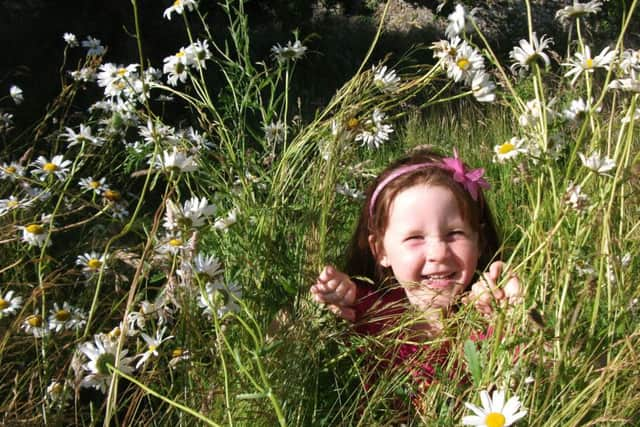

Dr Fernandez explained that changes to agricultural practices have impacted on meadows.
She said: “Changes in hay production to silage and a post war farming intensification over a 50 year period resulted in the lost of over 90% species rich grasslands or meadows in the UK.
“The remaining meadows exist in small fragments threatened by scrub encroachment and abandonment.
Advertisement
Hide AdAdvertisement
Hide Ad“Changes in agricultural practices, inappropriate management and fertilization results in the reduction of these fragments and the decline of many of the species associated.”
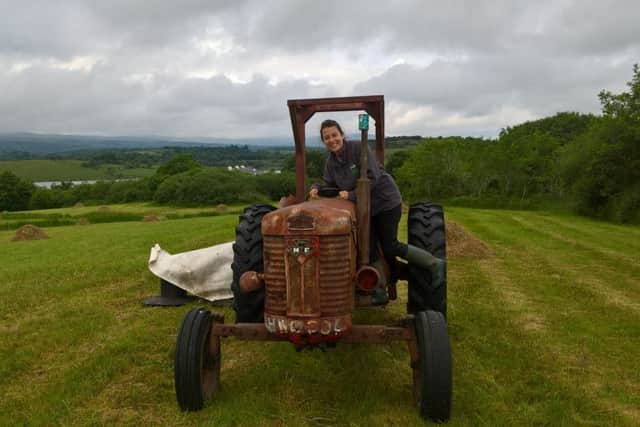

But despite this there is hope for the future of meadows here in Northern Ireland.
She said: “Despite the loss of the vast majority these habitats in Northern Ireland, a significant proportion of what remains occurs in West Fermanagh and South Tyrone.
“For the last three years Ulster Wildlife project Save our Magnificent Meadows has been working in the restoration of purple-moor grass/rush pastures and lowland meadows and their associated species to preserve the last fields existing in Northern Ireland.
Advertisement
Hide AdAdvertisement
Hide Ad“Working on both private and public land, the project has delivered results way in excess of its initial targets restoring upwards of 40 hectares of wildflower meadows across the region.”
Improving education of the importance of meadows across Northern Ireland is crucial say Dr Fernandez.
She explained: “Education is fundamental for the protection of meadows across Northern Ireland. It is important to remind new generations the benefits of protecting these habitats and provide new opportunities to visit, enjoy and learn about our wildflower meadows.


“Creating wildflower mini meadows around the schools and the cities will inspire children, teachers and parents to change things for the better in both urban and rural settings.
Advertisement
Hide AdAdvertisement
Hide Ad“We have to change perceptions and educate communities to make them part of the change; everyone can do something to help biodiversity. But they need to know how to do it.”
And her work is also seeking to co-operate with the farming sector to reverse the decline in meadows in Northern Ireland.
Dr Fernandez explained: “Co-operation from the farming sector is absolutely crucial to promote the traditional management of grasslands and protect our meadows.
“A lower input/lower output farming style is essential for the maintenance and development of priority habitats such as species rich grassland.
Advertisement
Hide AdAdvertisement
Hide Ad“Through agri-environmental schemes interested farmers have been encouraged to manage their land for the benefit of biodiversity.
“However, funding for agri-environment schemes has declined significantly in recent years, giving farmers less opportunity to farm sustainably.”
Dr Fernandez said that her work will continue.
She said: “It is important to maintain and beef up support for rural communities in form of advisory visits and local advocacy on farm policy issues.
“It is also essential to keep the cultural links to our grasslands alive and develop new links with the young farming community in order to transfer haymaking and traditional grassland management to future generations.”
Advertisement
Hide AdAdvertisement
Hide AdThis time of the year is best to visit a meadow in Northern Ireland commented Dr Fernandez.
She said: “The best time of the year to visit a meadow in Northern Ireland is during the months of June of July.
“On the earlier flowering lowland meadows and grasslands, vetchling, bugle and ragged robin will flourish during these months with common cat’s ear and meadow buttercup.
“On limestone and upland meadows black knapweed, wild thyme, meadow thistle and devils bit scabious (blue button) come to prominence as the summer progresses.”
Advertisement
Hide AdAdvertisement
Hide AdFor more information on the events being hosted by the Ulster Wildlife Trust visit www.ulsterwidlife.org/whats-on.
l Do you have an environmental or nature story that you would like to share? Email: [email protected].